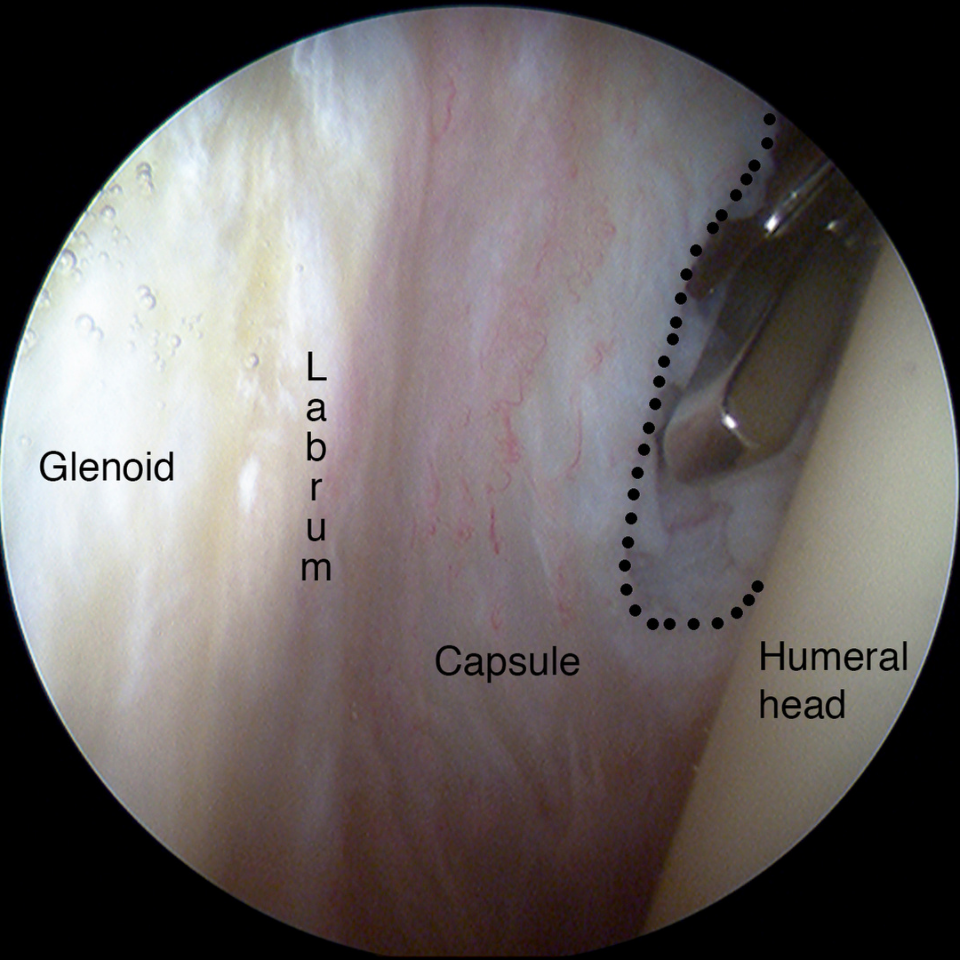Rotator Cuff Surgery
Rotator Cuff Surgery
Most people who suffer a rotator cuff injury recover with conservative treatment, including rest, ice, pain medications, and steroid shots. This is especially true when the rotator cuff injury occurs over time due to progressive wear and tear. However, when a rotator cuff injury is severe, conservative treatment may not be enough. Surgery may be necessary to repair the damage. It is particularly important to seek prompt medical care for rotator cuff tears due to a single injury with immediate onset of symptoms. In such instances, rotator cuff surgery can repair the damage and prevent complications.
In this article, we take a deep dive into surgical treatment for rotator cuff injuries. We’ll describe the various types of procedures performed and the potential complications that can occur.
When is Rotator Cuff Surgery Necessary?
- Symptoms have been present for greater than 3 months.
- There is a significant pain and/or weakness of the shoulder and difficulty performing daily tasks.
- Imaging studies (MRI scan) demonstrate a tear in one of the rotator cuff tendons, and the tendon tissue surrounding the tear is healthy.

Types of Rotator Cuff Surgery
Surgeons use different types of procedures to repair the rotator cuff. Over time, advancements in surgical techniques have meant that minimally-invasive procedures are available for rotator cuff repair surgery most often do not require an overnight stay in the hospital.
Your surgeon will recommend the best rotator cuff surgery for you depending on the size of the tear, your shoulder anatomy, and the quality of the surrounding tissue. In the following paragraphs, we’ll describe the techniques commonly used for rotator cuff repair. The goal of each of these rotator cuff surgeries is to get the tendon to heal, provide pain relief, and improve strength and range of motion. However, each type of rotator cuff surgery has its advantages and disadvantages.
Options for Rotator Cuff Surgery
- Open Repair
- Arthroscopic Repair
- Reinforcement with Graft
- Suprascapsular Reconstruction
Read on to learn more
Open Repair of Rotator Cuff Injuries
Arthroscopic Repair of Rotator Cuff Injuries
Reinforcement with Graft
This type of rotator cuff surgery is utilized when a surgeon decides that the tendon would benefit from an addition of a graft (usually from a cadaver). The graft is anchored to the tendon and bone using very strong sutures to ensure everything is secured properly.
Suprascapsular Reconstruction
Reverse Total Shoulder Replacement
Complications of Rotator Cuff Surgery
Stiffness – it is important to start rehabilitation early in the postoperative period to reduce the risk of shoulder stiffness and loss of range of motion.
Infection – your doctor will give antibiotics just prior to the start of the operation to reduce the risk of infection. However, if a joint infection develops, prolonged antibiotic therapy or additional surgery may be necessary.
Nerve injury – the nerve that supplies the deltoid muscle can sometimes get irritated or injured during open rotator cuff surgery.
Re-tear of the tendon – in people with large tears, there is a risk of tendon re-tear after rotator cuff surgery. Occasionally, repeat surgery may be needed.
The majority of patients experience a considerable reduction in pain and improvement in function after rotator cuff surgery. To ensure the best outcome from the surgery,
